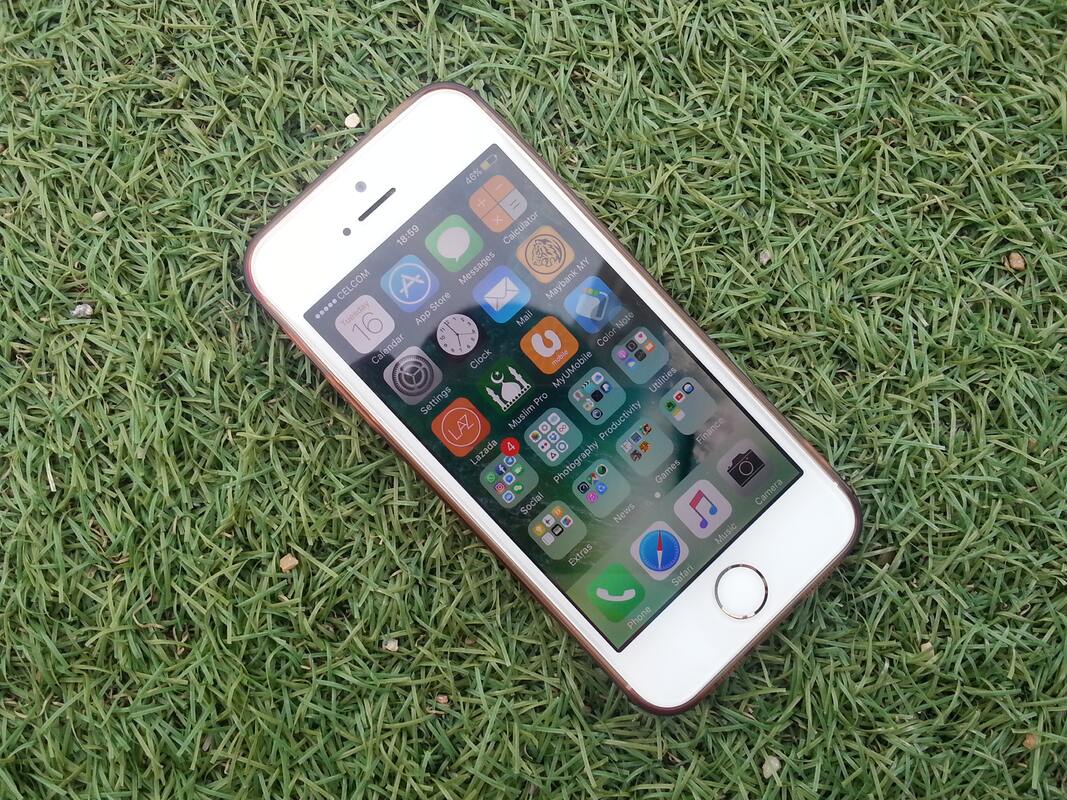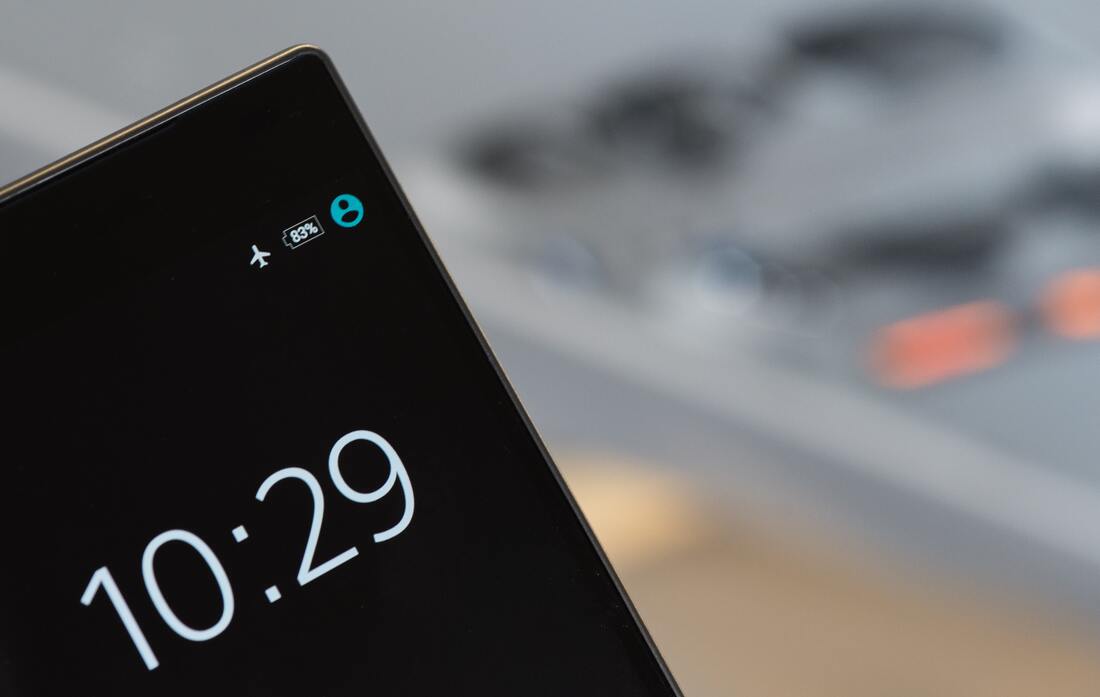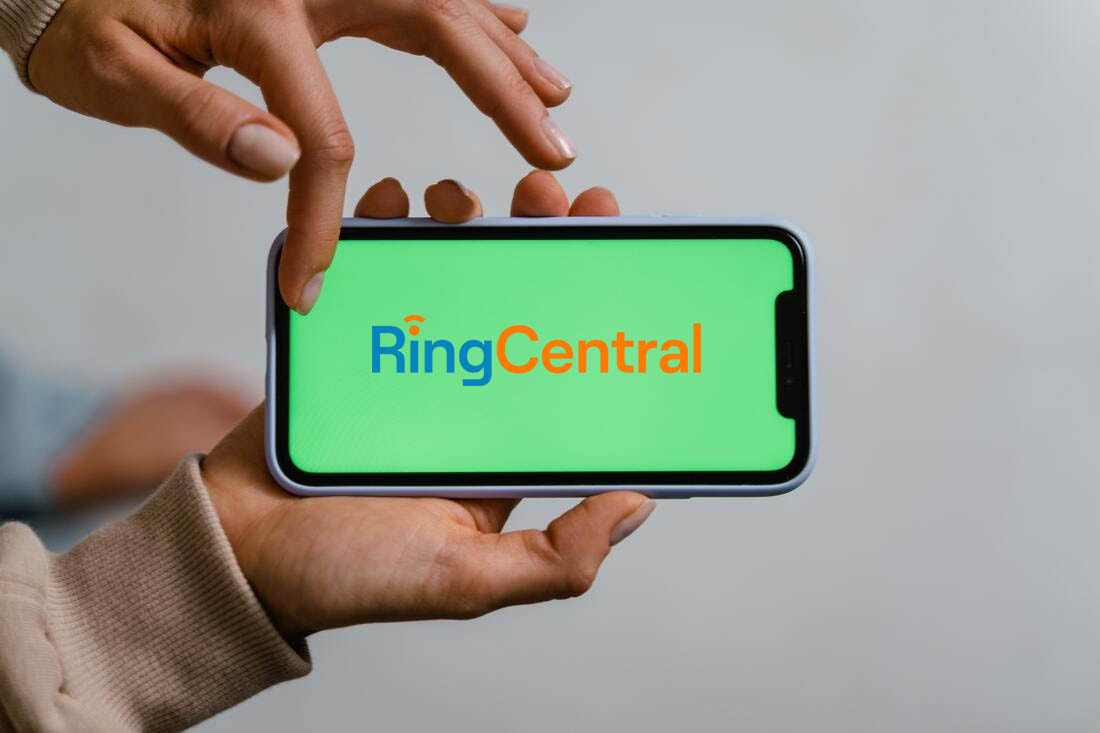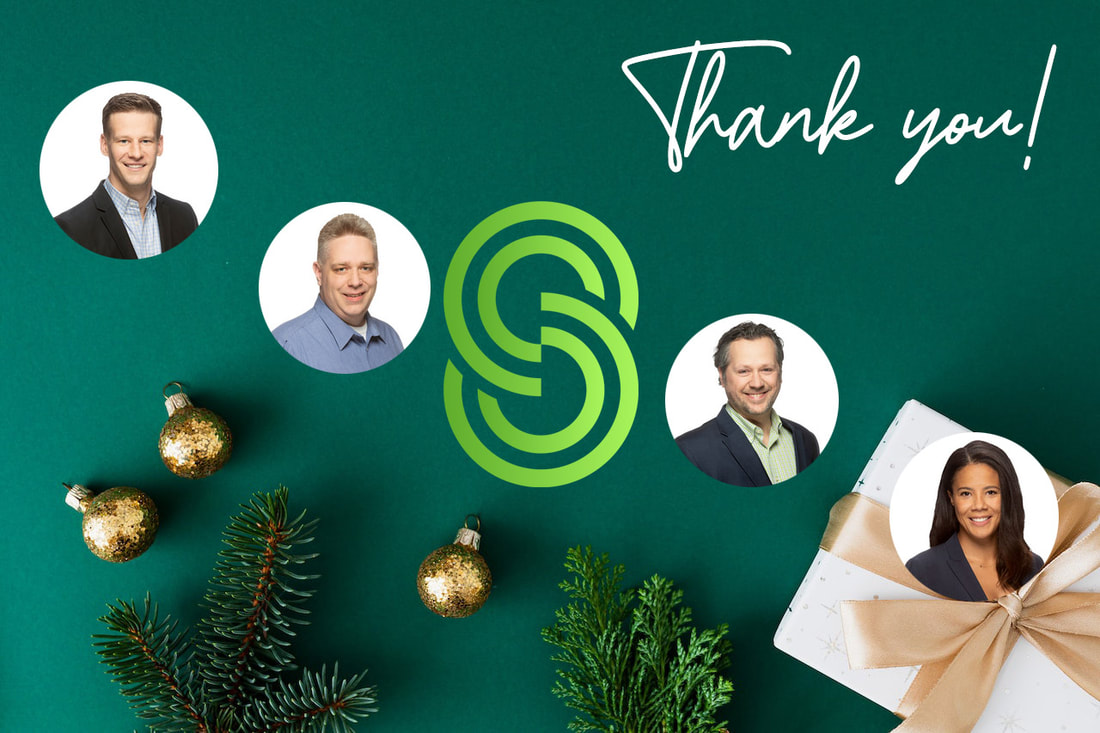|
In today's rapidly evolving digital landscape, effective communication is the backbone of any successful business. Whether you're a small startup, a growing enterprise, or an established corporation, the ability to connect and collaborate is essential for achieving your goals. However, navigating the complex world of telecommunications can be a daunting task, especially when faced with a plethora of providers, plans, and technologies. This is where Simplified Communications comes to your rescue as a trusted telecom broker.
Introducing Simplified Communications: Connecting You to Success Simplified Communications is not just another telecom broker – it's your strategic partner in simplifying the intricacies of telecommunication services. With a mission to streamline your connectivity needs, this dynamic brokerage firm stands out for its commitment to delivering tailored solutions that align with your unique business requirements. Unlocking Access to Leading Providers What sets Simplified Communications apart is its extensive network of partnerships with leading telecom providers. Instead of spending countless hours researching and comparing different options, Simplified Communications leverages its relationships to secure the best deals for your business. Whether you need high-speed internet, robust phone systems, secure data connections, or cutting-edge cloud solutions, they have you covered. The Benefits of Choosing Simplified Communications
In the ever-evolving world of business communication, having a reliable partner like Simplified Communications can make all the difference. By simplifying the complex process of selecting and implementing telecom solutions, they empower businesses of all sizes to stay connected, efficient, and ahead of the curve. So, whether you're looking to enhance your connectivity, optimize your communication costs, or future-proof your operations, consider Simplified Communications – your pathway to seamless success in the digital age. We all know the routine by heart: “Please ensure your seats are in the upright position, tray tables stowed, window shades are up, laptops are stored in the overhead bins and electronic devices are set to flight mode.”
Now, the first four are reasonable, right? Window shades need to be up so we can see if there’s an emergency, such as fire. Tray tables need to be stowed and seats upright so we can get out of the row quickly. Laptops can become projectiles in an emergency, as the seat back pockets are not strong enough to contain them. And mobile phones need to be set to flight mode so they can’t cause an emergency for the airplane, right? Well, it depends whom you ask. Technology has advanced a great deal Aviation navigation and communication relies on radio services, which has been coordinated to minimize interference since the 1920s. The digital technology currently in use is much more advanced than some of the older analog technologies we used even 60 years ago. Research has shown personal electronic devices can emit a signal within the same frequency band as the aircraft’s communications and navigation systems, creating what is known as electromagnetic interference.
Ever-nostalgic Gen Z-ers are resurrecting a bygone ghost of technology's past: flip phones, or "dumb phones" of a bygone era that long predates the smartphone age. "I think you can see it with certain Gen Z populations — they're tired of the screens," Jose Briones, a dumb phone influencer who moderates the r/dumbphones subreddit, told CNBC. "They don't know what is going on with mental health and they're trying to make cutbacks." Honestly? We get it. Kids today have grown up surrounded by more technology than older generations could only imagine, and while phones and social media have become integral to everyday life in a society-shifting way, a lot of recent research has suggested that constant exposure to screens and social media might actually be really, really bad for people — especially for young folks. Let's talk about how your business can best connect with all generations!How Big Tech companies treat user data has been controversial for some time. Meta, Apple, Google and Microsoft are often accused of collecting and selling the personal data of their users. Though, where exactly this data goes, and how much of it is given over to companies and governments, is unclear.
However, a new study from Surfshark reveals requests for personal user data from global governments are on the rise. The study focused on the period from 2013 to 2021, with 2020 seeing the largest year-over-year increase of 38%, followed by a 25% increase in 2021. Meta, Microsoft, Apple and Google were the four Big Tech firms included during the survey, with Meta having the most accounts of interest from authorities. Two out of five accounts hosted by Meta were requested (6.6 million) during the study period. The Motorola Defy Satellite link is a small Bluetooth puck that gives any Android or iPhone satellite texting. The Defy Satellite link gives any Android or iPhone an instant upgrade with the ability to send and receive text messages via satellite, solving the problem of mobile dead zones for emergencies and wilderness adventures. Announced ahead of the Mobile World Congress in Barcelona and produced by the British phone manufacturer Bullitt under the Motorola brand, the Satellite link connects to a normal smartphone via Bluetooth and uses an app to send not only SOS messages but general two-way chat via texts. The lightweight, credit card-sized puck will ship from about April, costing £99 on its own or £149 when bundled with 30 messages a month and an SOS assistance service from FocusPoint for the first year. It connects to geostationary satellites via a new MediaTek chip to send SMS to regular phones with replies sent using the cross-platform Bullitt Satellite Messenger app. A button on the side can also send an SOS alert with location without needing to connect to a smartphone. Alongside the puck, Bullitt also announced the Cat S75 rugged smartphone, which has the same satellite communications system built into it, costing £549. The Android is the continuation of Bullitt’s long-running rugged phone business aimed at first responders, rural workers and off-grid hobbyists. Find out what this might mean for your business!Happy Presidents Day! We wanted to share with you a few presidential facts that relate to our modern, technological world. Who was the First President to Have his Voice Recorded? During his first year in presidency in 1889, Benjamin Harrison used a phonograph wax cylinder to record his speech regarding the first Pan-American Congress. The speech is now the oldest surviving recording of a president’s voice. While Rutherford B. Hayes did record a speech several years prior, it was sadly lost. Who was the First President to Use a Telegraph? The 1844, invention of the telegraph baffled both the American people and government up until Abraham Lincoln’s presidency in the 1860s. During his term, Lincoln used the telegraph frequently to communicate with generals during the Civil War. In 1866, Lincoln’s successor, Andrew Johnson installed the first telegraph room in the White House so that he could efficiently relay urgent messages. Who was the First President to Have a Phone? In May 1877, Rutherford B. Hayes was the first president to install a telephone in the White House’s telegraph room. For his first call, he called the inventor of the phone, Alexander Graham Bell, who was located 13 miles away. President Herbert Hoover installed the first telephone in the Oval Office in 1929, to enable the power of communications right at the president’s desk. Make your Voice Technology as secure as the Oval Office and as clear as Lincoln's speeches with voice technology offered by Simplified Communications.
“Here comes a trailer truck out on the open highway, miles from the nearest town,” says the narrator of the short film above. Suddenly, it becomes “important for someone to get in touch with the drivers of this outfit. How can it be done?” Any modern-day viewer would respond to this question in the same way: you just call the guys. But Mobile Telephones dates from the nineteen-forties, well before the eponymous devices were in wide use — about four decades, in fact, before even the massive Motorola DynaTAC 8000X came on the market. The idea of calling someone not at home or the office, let alone a trucker on the road, would have seemed the stuff of science fiction. Yet the engineers at Bell had made it possible, using a system that transmits conversations “partway by radio, partway by telephone lines.” This necessitated “a number of transmitting and receiving stations connected to telephone lines,” installed “at intervals along the highway so that one will always be in range of the moving vehicle.” Continue reading. 🍿 Watch the show 🍿Make sure your company is on the cutting edge of what's possible in technology--set up a review of your business with Simplified Communications. Are you a dental practice looking to enhance your technology utilization? Or do you support a dental practice and want to help your clients take advantage of technology? Our portfolio is growing to support dental practices! Simplified Communications specializes in helping dental practices optimize their technology spend. Our team of experts work with practices to ensure their communication and management systems are fully integrated, saving time and increasing efficiency. Maximizing technology in dental practices has never been more important. As the industry continues to evolve, it's critical for practices to align their voice and communication platforms to leverage integration with their Practice Management Software. Do you need more information?Get in touch with us today to learn how we can support your growth and success!Appliance makers like Whirlpool and LG just can't understand. They added Wi-Fi antennae to their latest dishwashers, ovens, and refrigerators and built apps for them—and yet only 50 percent or fewer of their owners have connected them. What gives? The issue, according to manufacturers, is that customers just don't know all the things a manufacturer can do if users connect the device that spins their clothes or keeps their food cold—things like "providing manufacturers with data and insights about how customers are using their products" and allowing companies to "send over-the-air updates" and "sell relevant replacement parts or subscription services." “The challenge is that a consumer doesn’t see the true value that manufacturers see in terms of how that data can help them in the long run. So they don’t really care for spending time to just connect it,” Henry Kim, US director of LG's smart device division ThinQ, told the Journal. Whirlpool told the Journal that customers "have the opportunity to opt in or opt out" of sharing data with the company. LG doesn't offer that option, but Kim told the Journal that "all data is anonymized." While the manufacturers blame technical constraints, some customers may simply not want to provide companies with vague privacy policies or bad histories with security access to their networks. Continue reading. Article by KEVIN PURDY Simplified helps ensure technology is being fully utilized by your company and customers.
Restrictions on business SMS trafficIn 2021, mobile carriers imposed new restrictions on business SMS traffic sent from text-enabled phone numbers, known as “10DLC,” in line with industry requirements set out in the CTIA Messaging Principles and Best Practices. The mobile carriers have extended these restrictions to all business SMS, including conversational texting. All customers using SMS must now self-register with The Campaign Registry (TCR) or their SMS traffic will be blocked by the mobile carriers. To simplify this process, RingCentral will be adding the ability to self-register inside of the admin portal. We expect this feature to be available February 10, 2023 at which time we highly recommend you register. Please note carriers and TCR impose registration and other fees. Read more about these fees here. After March 31, 2023, SMS will be automatically disabled for all existing numbers that have not been registered. If you have already registered via the manual PDF form process, your registration will automatically be added to the admin portal for you to manage moving forward. You can learn more about these changes here. RingCentral is making every effort to support our customers using SMS, as we react to constantly changing requirements from the mobile carriers over which we have no control. If you have any questions, please reach out to your representative and we are happy to help. We appreciate your understanding of this required registration process by the carriers. Registration GuideWhat is a brand ID? A brand ID is a collection of information to identify the business sending an SMS. A brand identifies the company or entity the end-user believes to be sending a message. For example, if an HVAC company, Acme HVAC, sends SMS maintenance reminders to its end customers using RingCentral, the brand would be identified as Acme HVAC. What is a campaign ID? A campaign denotes your phone numbers and how you’ll use them for SMS. A company will typically have only one brand ID but may have several campaign IDs, depending on its SMS usage. For example, if the medical facility Acme Healthcare wants to send appointment reminders to its end customers via SMS, the campaign ID for that usage would be “appointment reminders.” How much does registration cost? Registration costs vary depending on business classification and SMS usage. Costs include one-time registration fees and monthly registration fees. RingCentral is currently covering standard registration costs for our customers until February 10, 2023, at which time any new registration fees will be the customers' responsibility. Customers who register prior to February 10th will continue to have their TCR costs covered by RingCentral until April 3, 2023, at which time the recurring monthly maintenance fees charged by TCR will be added to their bill (customers should expect a new charge typically between $1.50 and $10/mo). Please note that certain cases may require additional information and incur costs that RingCentral will not pay. We will notify you before charging any registration fees. Can I opt out of registration? If you want to opt out of registering with TCR, you may do so, but you will be unable to use SMS messaging on RingCentral’s network. RingCentral can’t allow unregistered message traffic across our network. You can, however, port SMS capabilities to another provider, allowing you to utilize RingCentral for message, video, and phone while using a third-party provider for your SMS messages. To opt out, contact RingCentral support and ask for SMS capabilities to be disabled on your account. How does CTIA relate to the FCC? The FCC adopts what CTIA sets as regulations as valid policies. CTIA publishes Best Practices and Principles for Messaging every quarter. Is opt in/out/help required for non-marketing messages? Yes, US carriers require these options for any kind of message. This includes two-way conversational messages, marketing, informational-only messages, customer care, etc. Can I get business SMS messaging without an EIN/Tax ID? No, at this time US carriers only allow business messaging from companies registered with the applicable federal agency (e.g. IRS in the United States). For businesses outside of the US and Canada, additional proof of registration may be required. Do I need to list all my phone numbers on the TCR form? No, the form only requires your main business and support numbers. RingCentral will move all of your existing numbers under your new TCR brand ID and SMS campaign. Please note that when adding additional numbers, you may need to submit a support request to have these numbers registered under your TCR campaign. This will be a temporary step as beginning early next year, you will be able to manage campaign assignments through the Admin Portal. How do I get updates about my TCR registration? RingCentral’s TCR registration service level agreement (SLA) allots 10 business days for completion. You can contact Support for an update. What is vetting? Along with registration, some companies will be required to undergo additional vetting to determine business trustworthiness. This will apply to specific industries or use cases, as well as companies that need to send more than 2,000 SMS/mo. Once vetted, a trust score is assigned to your company that impacts deliverability - the higher your trust score the greater the deliverability of your messages will be. RingCentral uses a third-party TCR-approved vendor to manage the vetting process. Please note there is a $40 charge for this vetting service that may be assessed to you by RingCentral. You can request vetting by opening a case. Do I need to register every time I add a new number? No, we only require one registration per business. However, new numbers may not automatically be assigned to your existing campaign. We recommend contacting support to ensure new numbers are properly assigned until our self-service solution in the Admin Portal is released in early 2023. How can I expedite my TCR registration? RingCentral handles hundreds of submissions every day. We do our best to complete TCR registration as quickly as possible, typically within ten business days. To help us, please ensure you correctly fill out the form as outlined above. Rejections due to an incorrect submission start the process all over again. Need help?
|
| Starting in January, AT&T customers with digital landlines won’t be able to dial 411 or 0 to reach an operator or get directory assistance. AT&T in 2021 ended operator services for wireless callers, although customers with home phone landlines can still access operators and directory help. Verizon, T-Mobile and other major carriers still offer these services for a fee. On a notice on AT&T’s website, the company directs customers to find addresses and phone numbers on Google or online directories. “Nearly all of these customers have internet access to look up this information,” said an AT&T spokesperson. | Simplified Communications offers many options for its clients! |
“The operator was the internet before the internet. There’s a wonderful circularity there,” said Josh Lauer, an associate professor of media studies at the University of New Hampshire who is writing a book on the cultural history of the telephone.
Operator services were a selling point to customers during the late 1800s and early 1900s. The operator was the essential link in the dominant Bell System, owned by American Telephone & Telegraph (AT&T), telecommunications network.
The operator became the early face of the telephone, a human behind an emerging and complex technology. The job came to be occupied mostly by single, middle-class White women, often known as “Hello Girls.” The Bell System, known as Ma Bell, advertised its mostly female ranks of operators as servile and attentive – “The Voice with a Smile” – to attract and maintain customers.
Well into the 20th century, AT&T offered weather, bus schedules, sports scores, time and date, election results and other information requests.
“Telephone users interpreted her as an efficient way to locate any information,” wrote Emily Goodmann, an assistant professor of communication at Clarke University, in her 2019 paper on the history of telephone operators.
Continue Reading
In September, Hartmut Neven, the founder of the lab, gave me a tour. Neven, originally from Germany, is a bald fifty-seven-year-old who belongs to the modern cast of hybridized executive-mystics. He talked of our quantum future with a blend of scientific precision and psychedelic glee. He wore a leather jacket, a loose-fitting linen shirt festooned with buttons, a pair of jeans with zippered pockets on the legs, and Velcro sneakers that looked like moon boots. “As my team knows, I never miss a single Burning Man,” he told me.
In the middle of the warehouse floor, an apparatus the size and shape of a ballroom chandelier dangled from metal scaffolding. Bundles of cable snaked down from the top through a series of gold-plated disks to a processor below. The processor, named Sycamore, is a small, rectangular tile, studded with several dozen ports. Sycamore harnesses some of the weirdest properties of physics in order to perform mathematical operations that contravene all human intuition. Once it is connected, the entire unit is placed inside a cylindrical freezer and cooled for more than a day. The processor relies on superconductivity, meaning that, at ultracold temperatures, its resistance to electricity all but disappears. When the temperature surrounding the processor is colder than the deepest void of outer space, the computations can begin.
Continue Reading at The New Yorker
Learn what this means for Simplified Communications, and you!
Our Year at a Glance:
|
NEW CLIENTS
|
INSTALLED IN
STATES
|
INSTALLS
|
CARRIERS
|
A special thanks to all our clients and partners!
Happy New Year!
Simplified Communications Team
That's 230,000 GB, all being moved in a single second, with one chip.Although many of us now have internet connections at home fast enough to stream movie theater quality video content at resolutions surpassing 4K, there’s lots of room for improvement when it comes to internet speeds in general, as anyone having to wait several hours to download a new AAA game to a modern video game console will attest. The internet still can’t deliver everything we need in the blink of an eye, but there’s a light at the end of the tunnel: specifically, an infrared laser shining down a bundle of fiber optic cables. |
Article By Andrew Liszewski
See if we service your location!
Browse
Articles
All
2018 Trends
2019 Trends
2020 Trends
2021 Trends
2022 Trends
2023 Trends
4G
5G
Acronyms
Agents
Ai
Ai Education
Allstream
Alternative Options
API
Artificial Intelligence
At&t
Audit
Avaya
Bitcoin
Blockchain
Breaking News
Broker
Business
Business Cellphones
Business Class Internet
Business Merger
Business Phone
Business Solutions
Business Tips
Careers
Cellphones
Chief Executive Dog
Cloud Services
Comcast
Connections
Contracts
Copper
Customer Service
Cyber Attack Protection
Cyber Attacks
Cybersecurity
Cyber Security
Data
Dental Practice Management
Device
Economy
Edge Computing
Enterprise Class Internet
Faster Wifi
Fiber Based Internet
Fixed Wireless
Gen Z
Goverment
Happy Mother's Day
Industry News
Internet
Internet Of Things
Internet Service Provider
Internet Speed
Isp
Landline
Lindsay Swanson
Lumen
Metaverse
Microsoft
Microsoft Teams
Motorola
Net Neutrality
Network
Office 365
Operator
Patrick Keane
Practice Management
Quantum
Rebrand
Reed Knutsen
Remote Working
Restaurant Solutions
Rewards Program
RingCentral
Robocalls
Rural Broadband
Ryan Luxford
SASE
Save Money
Saving Money
SD-WAN
Simplifiedcomm
Simplified Communications
Small Busines
Small Business
SMS
SpaceX
Spectrum
Sprint
Starlink
Team
Technology Advancements
Technology Disaster
Telecom
Telecom Agent
Telecom Audit
Telecom Broker
Telecom Contracts
Telecommunications
T-Mobile
Tools
Voice Platform
Zayo

















 RSS Feed
RSS Feed
